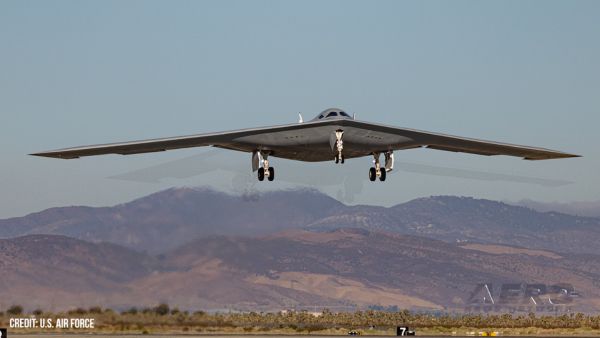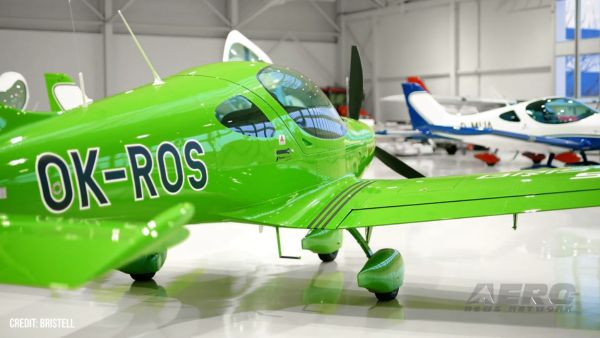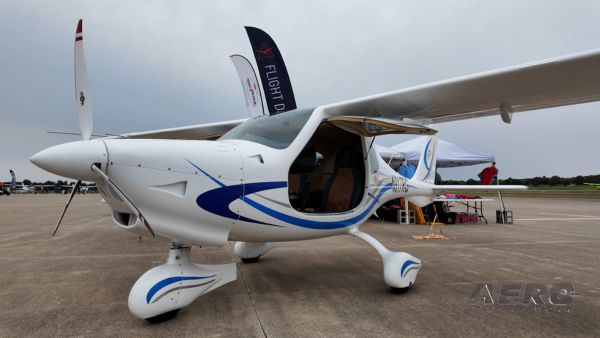UAV Market to Top $10 Billion over Next Decade
In April 2003, Iraqi Republican Guards were using a
sandstorm to close in on US troops encamped on the road to Baghdad.
The Iraqis believed the sandstorm would minimize, or negate
altogether, the effectiveness of US high-technology equipment.
Unbeknownst to the Iraqis, US forces were using Global Hawk UAVs to
keep them under close observation. Despite the clouds and sand, the
Global Hawk's onboard payload was relaying Iraqi troop positions
for US air strikes.
So begins a new report by Forecast1, on the growing importance
and recognition of UAVs in theaters of war. On the military side of
operations alone (where regulations are probably soon going to
restrict all UAV flight), Forecast1 Senior Analyst Larry Dickerson
has put together his best estimate for probable global trends in
the market.
The market for unmanned
air vehicles that perform reconnaissance and surveillance missions
is expected to be worth $10.6 billion over the next 10 years,
according to Forecast International's The Market for UAV
Reconnaissance Systems.
U.S. military actions around the world have helped spark
interest in unmanned air vehicles. U.S.-operated unmanned air
vehicles (UAVs) have seen action in Afghanistan, the Philippines,
Yemen and most recently in Iraq.
"Each military operation has helped to push interest in UAVs up
another notch," said Larry Dickerson, Unmanned Systems Analyst for
Forecast International. "While interest may not stay at this level,
it will remain higher than it was before these operations were
launched," he said.
U.S. companies, including Northrop Grumman which makes the
Global Hawk, and Predator manufacturer General Atomics, will be the
leading providers of unmanned air vehicles, controlling more than
50 percent of this market's total value.
These and other American companies can attribute their dominance
to the Pentagon's growing demand for UAVs. Indeed, Forecast
International expects the Pentagon to award U.S. companies about
$5.4 billion worth of UAV-related contracts in the coming 10
years.
Still, this market is
open to new entries. "Some $1.3 billion worth of new requirement
contracts are up for grabs, with large and small companies from
around the world expected to vie for a piece of this action," said
Dickerson.
The UAV market is expected to see a slow but steady rise in its
value and the number of systems produced annually. Dickerson does
caution that over-enthusiasm on the part of UAV supporters could
damage the long-term future of this market. "People are predicting
growth trends, sometimes tens of billions of dollars higher than
our own, which are simply beyond this market's ability to achieve"
said Dickerson.
Although the U.S. fielded UAVs in 1960s, this market remains in
its infancy. The truly massive expansion in UAV procurement will
probably not occur until 2010 or later.
Don't call the union, yet:
The report concludes, "Unmanned vehicles will never completely
replace soldiers in combat. The idea of completely replacing humans
with machines was tried with the second generation of industrial
robots, which was expected to replace a far more significant amount
of factory workers than the first. However, the users eventually
realized that there were limitations to the universal use of
robots, and the person in the loop could not be (and should not be)
replaced too quickly. Unmanned vehicles have their uses, but they
should not be introduced to a battlefield's front lines in haste.
Despite increasing interest in unmanned air vehicles, the overall
market is still in its infancy, with expansion just getting under
way."
 NTSB Prelim: Lancair NLA-275-FR-C
NTSB Prelim: Lancair NLA-275-FR-C ANN's Daily Aero-Linx (09.12.25)
ANN's Daily Aero-Linx (09.12.25) Aero-News: Quote of the Day (09.12.25)
Aero-News: Quote of the Day (09.12.25) ANN's Daily Aero-Term (09.12.25): North Atlantic High Level Airspace (NAT HLA)
ANN's Daily Aero-Term (09.12.25): North Atlantic High Level Airspace (NAT HLA) Aero-News: Quote of the Day (09.13.25)
Aero-News: Quote of the Day (09.13.25)


